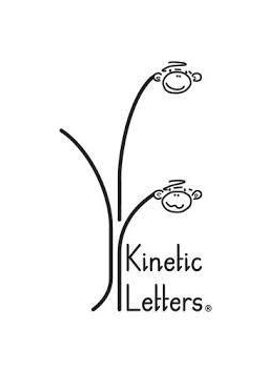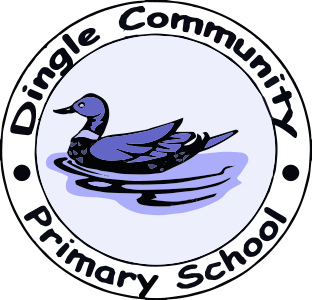Handwriting

Intent
Dingle Community Primary School follows the national framework for the Early Years Foundation Stage (EYFS), Key Stage 1 (KS1) and Key Stage 2 (KS2) and the handwriting requirements of that framework apply in full to the school.
The outcomes that we will strive to ensure all our pupils achieve are:
· Having fluent, legible and speedy handwriting that can be performed automatically, so that the attention of the brain is on the content of the writing.
· Having the stamina and skills to write at length, with accurate spelling and punctuation.
· Having competence in transcription (spelling and handwriting) and composition.
· Writing clearly, accurately and coherently, adapting their language and style in and for a range of contexts, purposes and audiences.
· Having a comfortable and efficient pencil hold and working position.
Implementation
Handwriting is a physical activity that involves movement and recognition skills that need to be learnt and become part of the automatic cognitive skill set of the pupil. To achieve this, the school has chosen the Kinetic Letters handwriting programme.
The programme has four threads.
· Making bodies stronger
· Holding the pencil (for speed, comfort and legibility)
· Learning the letter
· Flow and fluency.
The key principles of the programme are:
· Building physical strength underpins handwriting and concentration. This knowledge informs the working positions that children use for writing and the strengthening targets they work on.
· Pupils are not expected to do anything before they are developmentally ready for it.
· The different components of writing are mastered individually before being used in combination
· Letters are learnt as movements, not as visual shapes, and movement remains central to developing automaticity in letter formation, flow and fluency
· Posture is important in developing the correct position for handwriting and so children are taught how to organise their working position and paper position to enable comfortable and fluent writing from the start.
· Correct pencil hold is taught from the start (ie as soon as a tri-pod grip is developmentally appropriate).
Reading and writing are reciprocal processes; strengthening handwriting skills will support reading and writing development as a whole.
Year groups
The Kinetic Letters programme is commenced in Reception and is used throughout the school. By the end of KS1, each pupil should be working at the national standard and most should be working at a greater depth.
Children will be using some of the strokes needed to join letters; teaching this will start in Year 2.
By the end of KS2, the vast majority of pupils should be working at a greater depth than the expected standard and pupils should be clear about what standard of handwriting is appropriate for a particular task (e.g. quick notes or a final handwritten version).
Handwriting practice takes place in sessions that are outside English lessons and will consist of frequent 20 minute lessons. It is taught separately from phonics and spelling lessons.
Whiteboards, sand trays and lined exercise books will be used for lesson delivery, with children building up to completing their ‘practice patch’.
The majority of the time, sessions are taught to the whole class with differentiated targets; reinforcement may take place in small groups and/or individually.
Impact
The assessment framework in the national curriculum will apply to each pupil when their progress is being assessed at the end of KS1 and KS2. Prior to these two measurement points, teachers will use the Kinetic Letters assessment guides.


